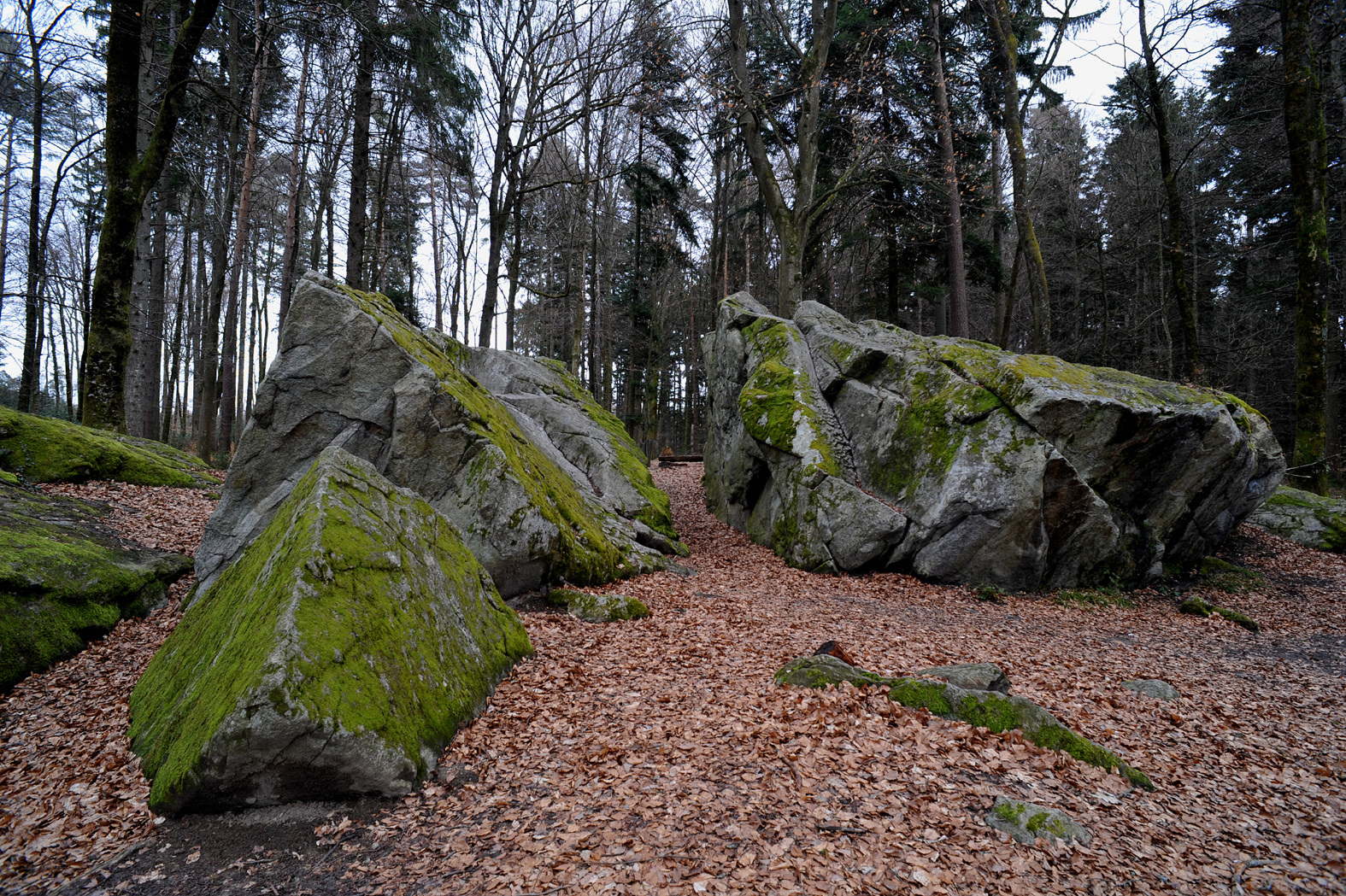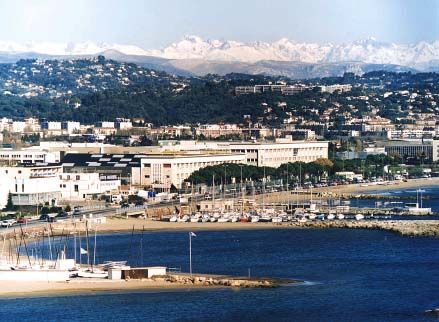|
Gals, Switzerland
Gals (french: Chules) is a municipality in the Seeland administrative district in the canton of Bern in Switzerland. History Gals is first mentioned in 1185 as ''Galles''. In French it was known as ''Chules''. The area around Gals has been inhabited for thousands of years. Some of the earliest archeological discoveries include a Bronze Age dug out canoe, Hallstatt grave mounds, La Tène and a Roman era wall. The recorded settlement was a large farm or estate that was built by the Counts of Neuchâtel. The village gradually grew up around the farm. During the 12th or 13th century the village was acquired by the Bernese Abbey of St. Johannsen. It remained part of the Abbey's land until the Abbey was secularized in 1528 during the Protestant Reformation. Gals became part of the Bernese bailiwick of Erlach. Serfdom was abolished relatively late, in 1551. The village first received a village charter in 1652. In the years 1746, 1837, 1852 and 1869, large fires ravaged t ... [...More Info...] [...Related Items...] OR: [Wikipedia] [Google] [Baidu] |
Seeland (administrative District)
Seeland District in the Canton of Bern was created on 1 January 2010. It is part of the Seeland administrative region. It contains 42 municipalities with an area of and a population () of . Municipalities Mergers and name changes On 1 January 2011 the municipality of Busswil bei Büren merged into the municipality of Lyss.Nomenklaturen – Amtliches Gemeindeverzeichnis der Schweiz accessed 4 April 2011 On 1 January 2013 the municipality of merged into Kallnach. The municipality of Ruppoldsr ... [...More Info...] [...Related Items...] OR: [Wikipedia] [Google] [Baidu] |
Switzerland In The Roman Era
The territory of modern Switzerland was a part of the Roman Republic and Empire for a period of about six centuries, beginning with the step-by-step conquest of the area by Roman armies from the 2nd century BC and ending with the Fall of the Western Roman Empire in the 5th century AD. The mostly Celtic tribes of the area were subjugated by successive Roman campaigns aimed at control of the strategic routes from Italy across the Alps to the Rhine and into Gaul, most importantly by Julius Caesar's defeat of the largest tribal group, the Helvetii, in the Gallic Wars in 58 BC. Under the ''Pax Romana'', the area was smoothly integrated into the prospering Empire, and its population assimilated into the wider Gallo-Roman culture by the 2nd century AD, as the Romans enlisted the native aristocracy to engage in local government, built a network of roads connecting their newly established colonial cities and divided up the area among the Roman provinces. Roman civilization began to ... [...More Info...] [...Related Items...] OR: [Wikipedia] [Google] [Baidu] |
Jolimont (mountain)
The Jolimont is a hill that stretches Southwest to Northeast for about 4 km along the Thielle canal, between the Lake of Neuchâtel and the Lake of Bienne, in the Seeland, Switzerland. The Jolimont elevation starts in Gampelen till Erlach (fr. Cerlier), where its promontory into the Lake of Bienne builds both the Isthmus and the St. Petersinsel peninsula. North, nestled between it and the Thielle canal lies Gals and, at its southern side, Tschugg. Vineyards The sunny side slopes of the Jolimont are ideal for growing grapes, mostly chasselas. Panorama The hilltop offers an extraordinary view on the Castle of Erlach, which was erected during the 11th Century, protecting Erlach's picturesque old town, erected on terraces along the steep descend of "Schlossberg" toward the lake and the St. Petersinsel. Archaeology The Jolimont is located within an area rich in archaeological sites, at the side of an important waterway. Local historians have explored the hill since the ... [...More Info...] [...Related Items...] OR: [Wikipedia] [Google] [Baidu] |
Lake Biel
__NOTOC__ Lake Bienne or Lake Biel (french: Lac de Bienne ; german: Bielersee) is a lake in western Switzerland. Together with Lake Morat and Lake Neuchâtel, it is one of the three large lakes in the Jura region of Switzerland. It lies approximately at the language boundary between German and French speaking areas. Geography The lake is 15 km long and up to 4.1 km wide. Its surface area is 39.3 km², the maximum depth 74 m. The lake is located at 429 metres above sea level. Lake Biel/Bienne has a catchment area of about 8,305 km². Water remains in the lake for an average of 58 days. The rivers Aare and Zihl/Thielle flowing from Lake Neuchâtel, the Twannbach draining water down from the surplombing first Jura mountain range and the Suze draining water down from the Vallon de St. Imier, are the main tributaries. The Aare was redirected into the lake in 1878, in order to prevent the flooding of the nearby area called "Seeland", and drains the water out of the lake ... [...More Info...] [...Related Items...] OR: [Wikipedia] [Google] [Baidu] |
Alcatel Space
Thales Alenia Space () is a Franco-Italian aerospace manufacturer. A joint venture between the French technology corporation Thales Group (67%) and Italian defense conglomerate Leonardo (33%), the company is the largest satellite manufacturer in Europe. It is headquartered in Cannes, France. Thales Alenia Space designs and builds various space-related products, notably manufacturing numerous ranges of satellites for telecommunications, navigation, earth observation and space exploration purposes. The company is the second largest industrial participant in the International Space Station (ISS), having produced the European Space Agency's (ESA) modules for the ISS. It is also building satellites for Galileo, a European global satellite navigation system (GSNS). History Thales Alenia Space arose as a result of the French defense electronics specialist Thales Group deciding to buy out the participation of Alcatel in two joint-ventures between France's Alcatel and Italy's Finm ... [...More Info...] [...Related Items...] OR: [Wikipedia] [Google] [Baidu] |
Canton Of Neuchâtel
The Republic and Canton of Neuchâtel (french: République et Canton de Neuchâtel); rm, Chantun Neuchâtel; it, Cantone di Neuchâtel is a French-speaking canton in western Switzerland. In 2007, its population was 169,782, of whom 39,654 (or 23.4%) were foreigners. The capital is Neuchâtel. History The only part of present-day Switzerland to enter the Confederation as a principality (on May 19, 1815), Neuchâtel has a unique history. Its first recorded ruler, Rudolph III of Burgundy, mentioned Neuchâtel in his will in 1032. The dynasty of Ulrich count of Fenis (Hasenburg) took over the town and its territories in 1034. The dynasty prospered and, by 1373, all the lands now part of the canton belonged to the count. In 1405, the cities of Bern and Neuchâtel entered a union. The lands of Neuchâtel had passed to the Zähringen lords of Freiburg in the late 14th century as inheritance from the childless Elisabeth, Countess of Neuchâtel, to her nephews, and then in 1458 ... [...More Info...] [...Related Items...] OR: [Wikipedia] [Google] [Baidu] |
Thielle
The river Thielle (french: La Thielle, or La Thièle, german: Zihl), is a tributary to the Aare, in the Swiss Seeland. The Thielle results from the merging of the Orbe and Talent, northeast of the little city of Orbe in the Swiss canton of Vaud. It flows as a channel northeastwards through an intensively cultivated plain called " Plaine de l'Orbe" and flows after only 9 km into the Lake of Neuchâtel at Yverdon-les-Bains. The natural course of the river was considerably modified during the Jura water correction. Between the Lakes of Neuchâtel and Biel/Bienne it was converted into a dug-out channel. However, the previous natural bed of La Thielle still exists in some parts. The river flows out of the lake in Biel/Bienne and after 2 km merges directly into the Nidau-Büren channel, which was also dug out during the Jura water correction, ensuring the outflow of the Aare, just before the regulating dam in Port which was commissioned in 1939. Before, La Thielle used t ... [...More Info...] [...Related Items...] OR: [Wikipedia] [Google] [Baidu] |
Town Charter
A city charter or town charter (generically, municipal charter) is a legal document (''charter'') establishing a municipality such as a city or town. The concept developed in Europe during the Middle Ages. Traditionally the granting of a charter gave a settlement and its inhabitants the right to town privileges under the feudal system. Townspeople who lived in chartered towns were burghers, as opposed to serfs who lived in villages. Towns were often " free", in the sense that they were directly protected by the king or emperor, and were not part of a feudal fief. Today the process for granting is determined by the type of government of the state in question. In monarchies, charters are still often a royal charter given by the Crown or the authorities acting on behalf of the Crown. In federations, the granting of charters may be within the jurisdiction of the lower level of government such as a province. Canada In Canada charters are granted by provincial authorities. Ger ... [...More Info...] [...Related Items...] OR: [Wikipedia] [Google] [Baidu] |
Serfdom
Serfdom was the status of many peasants under feudalism, specifically relating to manorialism, and similar systems. It was a condition of debt bondage and indentured servitude with similarities to and differences from slavery, which developed during the Late Antiquity and Early Middle Ages in Europe and lasted in some countries until the mid-19th century. Unlike slaves, serfs could not be bought, sold, or traded individually though they could, depending on the area, be sold together with land. The kholops in Russia, by contrast, could be traded like regular slaves, could be abused with no rights over their own bodies, could not leave the land they were bound to, and could marry only with their lord's permission. Serfs who occupied a plot of land were required to work for the lord of the manor who owned that land. In return, they were entitled to protection, justice, and the right to cultivate certain fields within the manor to maintain their own subsistence. Serfs were ofte ... [...More Info...] [...Related Items...] OR: [Wikipedia] [Google] [Baidu] |
Bailiwick
A bailiwick () is usually the area of jurisdiction of a bailiff, and once also applied to territories in which a privately appointed bailiff exercised the sheriff's functions under a royal or imperial writ. The bailiwick is probably modelled on the administrative organization which was attempted for a very small time in Sicily and has its roots in the official state of the Hohenstaufen. In English, the original French ''bailie'' combined with '-wic', the Anglo-Saxon suffix (meaning a village) to produce a term meaning literally 'bailiff's village'—the original geographic scope of a bailiwick. In the 19th century, it was absorbed into American English as a metaphor for a sphere of knowledge or activity. The term survives in administrative usage in the British Crown Dependencies of the Channel Islands, which are grouped for administrative purposes into two bailiwicks — the Bailiwick of Jersey (comprising the island of Jersey and uninhabited islets such as the Minquiers ... [...More Info...] [...Related Items...] OR: [Wikipedia] [Google] [Baidu] |
Protestant Reformation
The Reformation (alternatively named the Protestant Reformation or the European Reformation) was a major movement within Western Christianity in 16th-century Europe that posed a religious and political challenge to the Catholic Church and in particular to papal authority, arising from what were perceived to be errors, abuses, and discrepancies by the Catholic Church. The Reformation was the start of Protestantism and the split of the Western Church into Protestantism and what is now the Roman Catholic Church. It is also considered to be one of the events that signified the end of the Middle Ages and the beginning of the early modern period in Europe.Davies ''Europe'' pp. 291–293 Prior to Martin Luther, there were many earlier reform movements. Although the Reformation is usually considered to have started with the publication of the '' Ninety-five Theses'' by Martin Luther in 1517, he was not excommunicated by Pope Leo X until January 1521. The Diet of Worms of May 1521 ... [...More Info...] [...Related Items...] OR: [Wikipedia] [Google] [Baidu] |




.jpg)